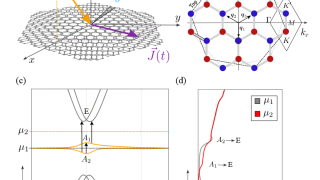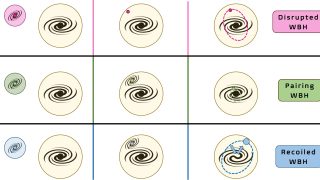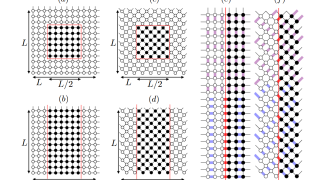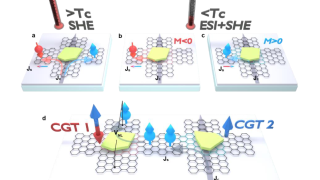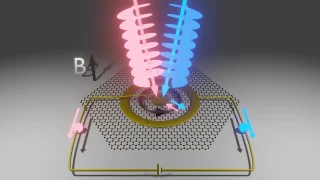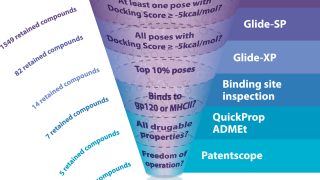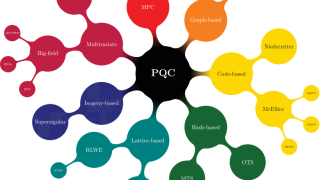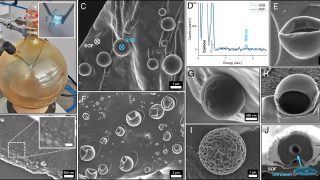
Protocells may have formed in the proximity of prebiotic compounds
The origins of life on Earth remain one of the most fascinating and profound questions in science. A new research sheds light on this mystery by exploring how the building blocks of life could have formed under early Earth conditions. In this study, we focused on understanding how simple chemicals might have come together to […]
